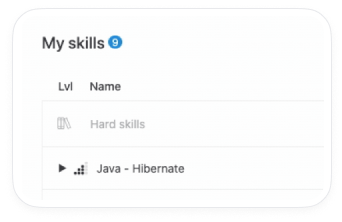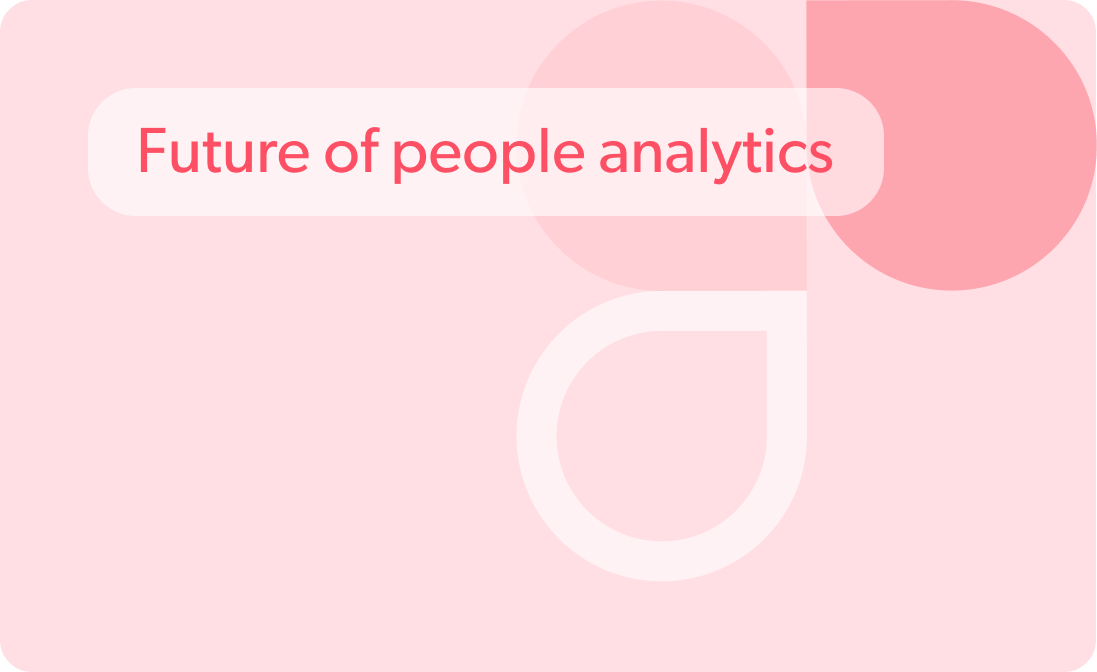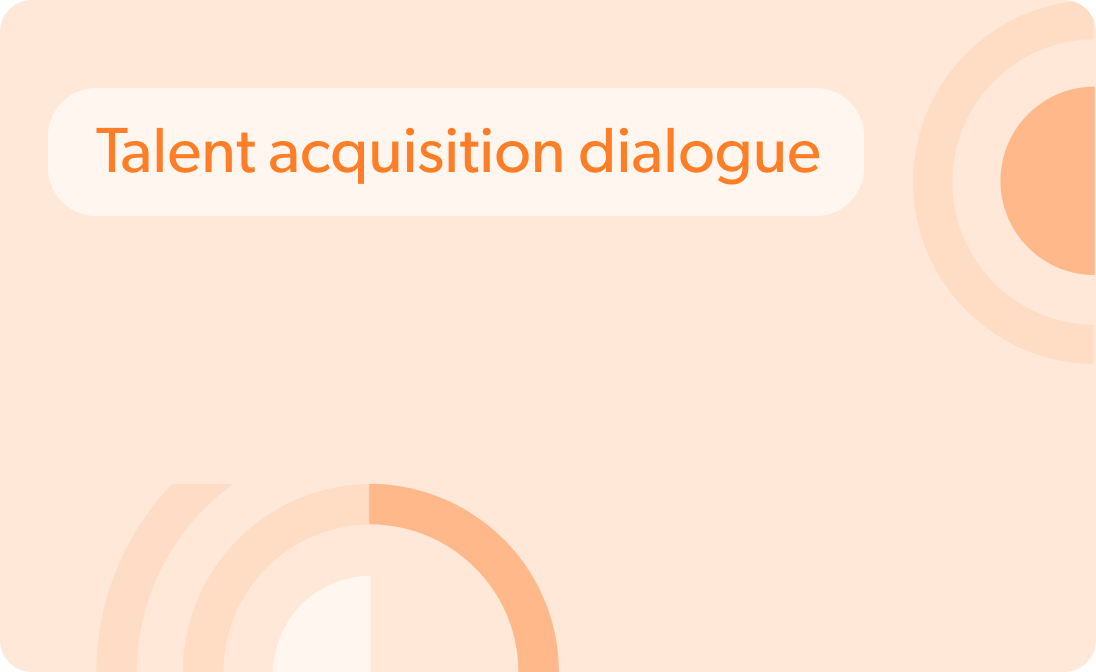HR analytics
What is HR analytics?
HR analytics is a combination of statistical techniques and tools coupled with people data that enables the collection, interpretation, measurement, and forecasting of workforce requirements. It helps the HR department achieve corporate goals and improve organizational performance, helping the business find success.
What is HR analytics used for?
HR analytics is an approach to managing people at work. It revolves around evaluating people’s problems using data to interpret critical questions about the organization. This leads to better and more data-driven decision-making.
What are the four levels of HR analytics?
The four levels of HR analytics are:
- Descriptive analytics. This is the most basic level of analytics for an organization, where most of the time is spent observing to have a clear understanding of the industry. Organizational leaders build reports on what they do and for which purpose the data is analyzed. These are the vital steps in analytics and decision-making.
- Diagnostic analytics. During diagnostic analytics, questions are asked about the data to identify the trends and impact observed in descriptive analysis and understand ‘why’ it happened.
- Predictive analytics. This is an essential level of analytics that allows the organization to predict areas of weaknesses in the business. It involves technologies such as artificial intelligence, algorithms, and machine learning.
- Prescriptive analytics. This is the most potent and final level of analytics in which the data determines what should be done. Prescriptive analytics informs decision-makers of the final step by presenting the analysis decision.





















 info@hrforecast.de
info@hrforecast.de
 +49 89 215384810
+49 89 215384810




